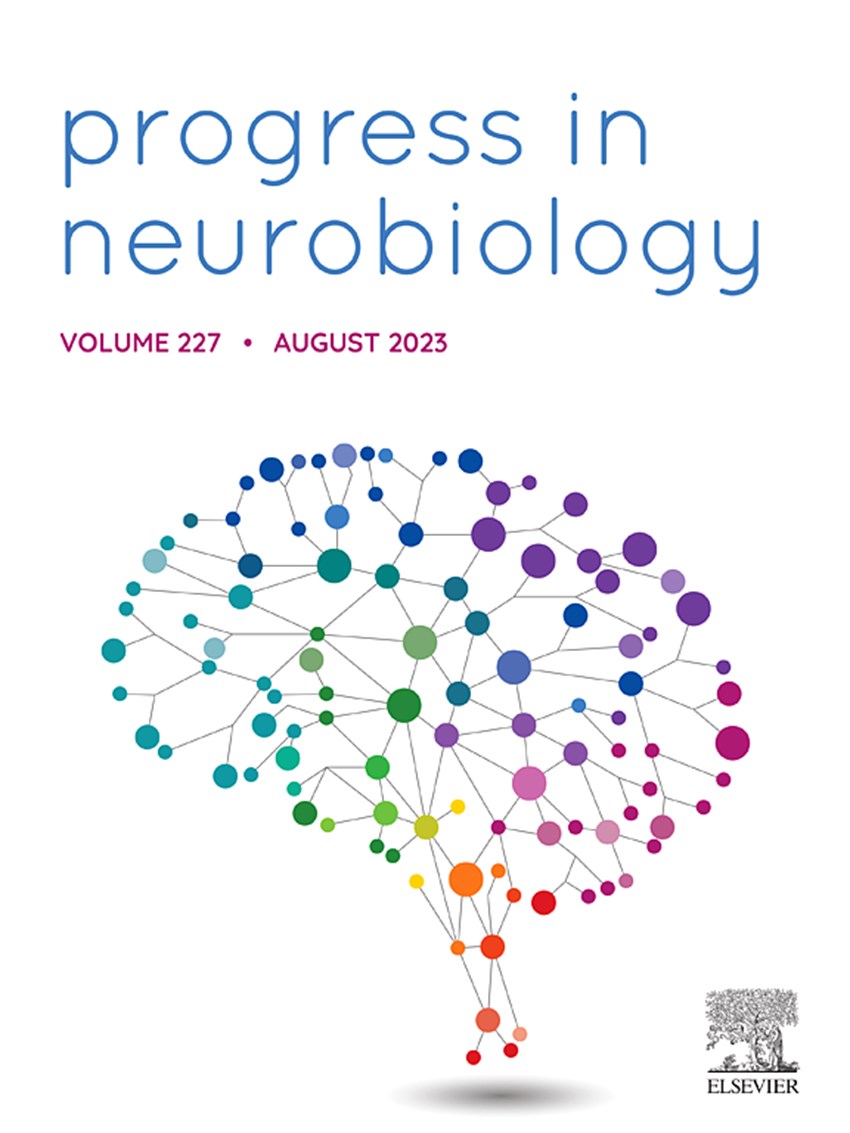The paper Changing connectivity between premotor and motor cortex changes inter-areal communication in the human brain was published in the journal Progress in Neurobiology in the scope of the research project 44/16 - Inducing and measuring plasticity in response control mechanisms in the human brain, supported by the BIAL Foundation and led by Alejandra Sel de Felipe. It has been suggested that the efficacy or strength of connections between neuronal groups influences the communication strength between brain regions. The research team tested this possibility in the human brain by using manipulations that have been established to either increase or decrease connectivity strength in a human cortico-cortical pathway, the route connecting ventral premotor cortex (PMv) and primary motor cortex (M1) and demonstrated that changing short-term synaptic efficacy of the PMv-M1 pathway changes interregional brain communication between the premotor and the primary motor control regions. Moreover, increasing PMv-M1 coupling strength leads to increased beta and alpha coherence, while decreasing PMv-M1 coupling strength results in decreased theta coherence.
ABSTRACT
The ventral premotor cortex (PMv) is an important component of cortico-cortical pathways mediating prefrontal control over primary motor cortex (M1) function. Paired associative stimulation (ccPAS) is known to change PMv influence over M1 in humans, which manifests differently depending on the behavioural context. Here we show that these changes in influence are functionally linked to PMv-M1 phase synchrony changes induced by repeated paired stimulation of the two areas. PMv-to-M1 ccPAS leads to increased phase synchrony in alpha and beta bands, while reversed order M1-to-PMv ccPAS leads to decreased theta phase synchrony. These changes are visible at rest but are predictive of changes in oscillatory power in the same frequencies during movement execution and inhibition, respectively. The results unveil a link between the physiology of the motor network and the resonant frequencies mediating its interactions and provide a putative mechanism underpinning the relationship between synaptic efficacy and brain oscillations.



































































